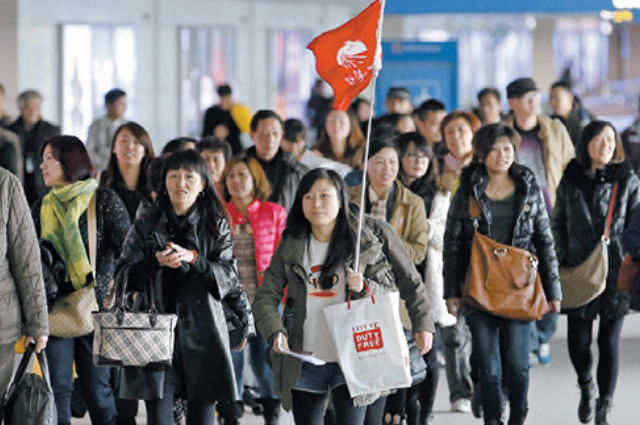Chinese tourists travelling to Dubai will now be able to claim instant VAT refunds at Dubai airports through the We Tax Refund on the WeChat Mini Program.
An initiative of Dubai’s Department of Tourism and Commerce Marketing (Dubai Tourism), the new integrated provides a secure way for visitors to instantly claim back their tax on purchases they have made while visiting the emirate.
The move further supports Dubai Tourism’s ongoing China Readiness strategy to grow and maintain the emirate’s share in a key source market while enhancing experiences of its Chinese guests.
Visitors will receive their tax refunds instantly at the airport via the WeChat app in the local RMB currency and will get an instant notification once the refund has been issued.

“Our ongoing mandate is to provide seamless tourist experiences to all our visitors,: said Issam Kazim, CEO of Dubai Corporation for Tourism and Commerce Marketing (DCTCM). “Our support of key industry partners such as Tencent and Planet allows the city to offer increased ease of travel as we diversify our portfolio of critical touchpoints,” he said.
“Providing innovative and familiar payment solutions, as well as instant VAT refunds before visitors depart is uniquely tailored towards the needs and requirements of Chinese travellers and has been developed taking their valued feedback on board.
“With the dynamic ‘We Tax Refund’ platform, we hit yet another milestone within our China Readiness strategy further strengthening awareness of the emirate as a must-visit destination for Chinese travellers.”
The city continues to welcome an increased number of Chinese visitors with 12 percent year-on-year growth and cementing 650,000 Chinese tourists within the first eight months of the year.
The number of Chinese tourists travelling to the GCC is expected to rise by 81 percent from 1.6 million in 2018 to 2.9 million in 2022, according to the latest data compiled by Expedia Group.
Chinese tourists to Dubai increased substantially after the visa-on-arrival policy for the Chinese was implemented in late 2016.













































